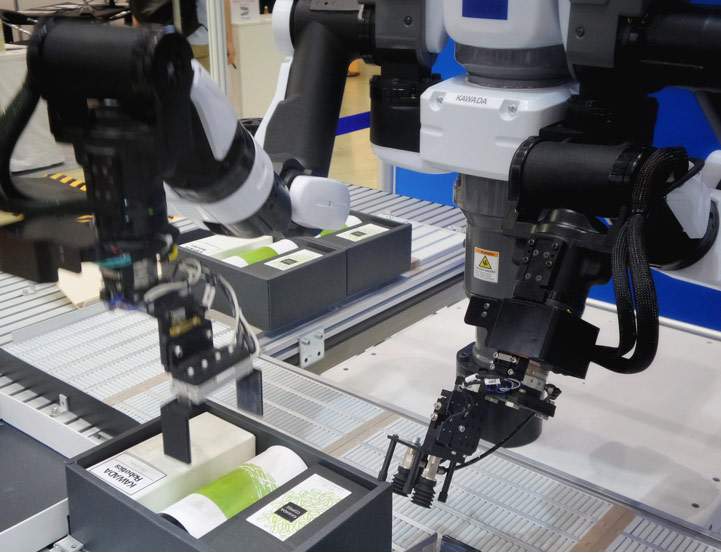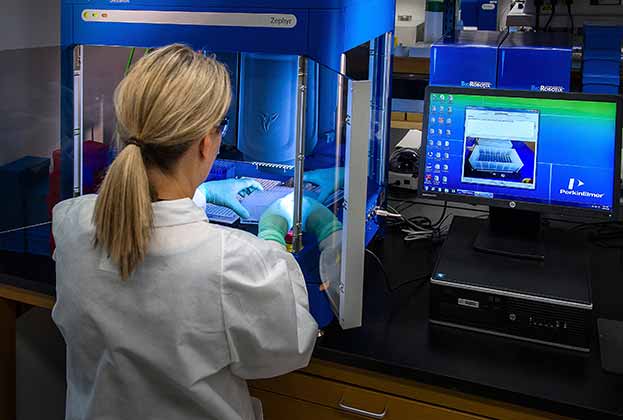Capital raising has matched 2022, but the expectation is for a stronger year in 2024
Global & UK trends
Currently, the scale of capital raising across the world looks on par with that recorded in 2022. For real estate, a driver of occupier demand is the funding by the venture capitalists. However, on a global level, on average, venture capital (VC) only accounts for around 8% of the total capital raised. It is easy to obsess with VC raises, but there are other important types of capital raises to be identified and reviewed for the real estate market. Looking at the data in November, the 2023 data shows that mergers and acquisitions (M&A) accounted for 26% of capital-related events. This is down on the 34% share recorded for last year, which was in line with the five- and ten-year averages.
Sticking with the capital raising data, the total for 2023 is currently around three-quarters of the ten-year average but will go past the total for last year. It is expected that the total for 2023 will be around 10% higher over the year at just over US$400bn. This is 20% below the five-year average or 13% below the ten-year average.
The US-based companies continue to dominate the total capital raised, by value. 62% of VC has been by US-headquartered companies, with China in second place with a 15% share. The UK has a 6% share for 2023, in third place, showing a slight increase from a 4% share in 2022.
For identifying faster-growing companies, it is still important to review the leading global cities, in terms of VC raised, based on where the companies are headquartered. The chart below shows that both Cambridge and Boston (in the US) remain in the top 3 locations. Shanghai is still the leading Asian city, while London leads in Europe. The last ’peak’ in VC was 2021 and it is often mentioned that the financial ’runway’ for companies is three years. On this basis, many companies will be heading to the finance providers next year, and it would be expected that VC levels will be higher in 2024.
The real estate sector across the world will continue to be impacted by the demands from the life science sector. Across all sectors, the past twelve months have seen an increased discussion within the world of artificial intelligence (AI). The scale of influence is, as yet, unknown, but it will have a fundamental impact on the future of drug discovery and the need for laboratory space. The rise of AI in the field of drug discovery underlines the crossover to the wider technology sector. There are 190 AI-powered drug discovery companies, which have completed 873 capital-raising events to the tune of US$17bn. The average age of these AI companies is only 6.5 years. There is a range of companies to review based on their scale and maturity. The 190 companies will certainly be part of any life science ecosystem in real estate markets across the world.

There remains increasing interest, in terms of real estate, across the key European markets. Our Strategic Advisory team have re-run their European Life Science Ranking (ELSR) model to highlight the key locations for investors, based upon around 60 metrics. The cross-comparison between capital and talent attractiveness is important to help understand where the real estate opportunities lie (see ELSR 2.0).
During the past few years, the focus on human health and technological advancement, primarily using the future of computing, has been unprecedented. Therefore, it is no surprise to see that the recent Global Investment Summit (GIS) by the UK Government had a focus on a range of related sectors and highlighted their positive impact on the UK, in terms of the population’s health and future growth.
As highlighted at the GIS, the UK’s role as a globally renowned centre of knowledge, discovery and innovation has made it a key global location for inward investment. Additionally, during the recent past, there has been a rising interest in challenges for delivering solutions for human health and healthcare by the software, mobile and wider technology sectors, which all have a significant presence in the UK. Therefore, it is encouraging reading about the commitment from BioNTech to tap into the UK’s abilities in AI and machine learning and for other companies to leverage our growing expertise in quantum computing. Increasing discovery, but faster! This crossover between life science and technology sectors has created an indication of the future layer of commercial real estate demand that will emerge in years to come to the benefit of the UK in terms of employment and economic growth.
To ensure that the UK stays within the top ranks of countries with the best scientific and innovative communities and reputation for discovery, it is vital to deliver new commercial floorspace to the market, for both existing and incoming companies
Steven Lang, Director, Commercial Research
Funding future growth of innovation will be derived from governments, but also the investment community, including corporate venture capital (CVC). In the US, the funding of science is becoming increasingly corporate. Also, we see a continued rise of philanthropic and foundations funding science, and this is highlighted by the commitment in the UK by the Ellison Institute for Transformative Medicine. Across key science locations in the UK, there is further evidence of other foundations and philanthropic money being invested/donated to drive forward innovation output. Government funding is vital to any national scientific community, however, across the globe, there are questions regarding the layers of bureaucracy within the public system, which perhaps highlights the need for non-governmental funding. As reported recently in The Economist, in Australia, for a single year, researchers applying for grants spent, cumulatively, 614 years writing them. Wasted time of the smartest minds is not effective, efficient nor productive when faced with significant planetary issues (see Where will funding come from?).
Overall, to ensure that the UK stays within the top ranks of countries with the best scientific and innovative communities and reputation for discovery, it is vital to deliver new commercial floorspace to the market, for both existing and incoming companies. The ‘right space in the right place’ to continue to accommodate ‘discovery’ to ensure that cures and preventative solutions are created for human benefit, not just in the UK, but across the globe. However, for the commercial real estate industry, a life science moniker is not a panacea for office space that may be proving problematic in the portfolio or a future development that does not have key science and/or innovation ecosystem ’ingredients’ within close proximity.
View from the Head of UK Science at Savills
The final quarter of this year for the UK has seen a flurry of government announcements and activity. Starting with the Autumn Statement, there were favourable announcements for investment by corporates already in the UK and indeed those looking to invest into the UK.
According to Savills, take-up of science-related space across the Golden Triangle hit 982,000 sq ft at the end of Q3 2023, the highest total on record at this point in the year. Good levels of transactional activity have continued, with take-up 4% above 2022 and 20% above the five-year average for the same time period.
Savills looked at the core markets of Oxford, Cambridge and London, recording take-up for science-related real estate, including offices, laboratories and office space set to be converted to labs.
Oxford has seen a strong level of activity, reaching 387,000 sq ft of take-up at the end of the third quarter. It is worth noting that this is the second-highest total in the last five years, which has been driven by transactions specifically for laboratory space, accounting for 269,000 sq ft, the highest total ever recorded in the city. Key deals this quarter include Ryze Hydrogen taking the whole of North Bailey House in central Oxford (24,000 sq ft) and Oxford Gene Technologies taking two recently completed buildings of 12,000 sq ft at Oxford Technology Park.
Cambridge has recorded the strongest take-up at 413,000 sq ft, with 189,000 sq ft transacted in Q3. Again, this is the highest total recorded at this stage of the year, with notable transactions being the letting of the whole of BioMed’s Building 960 at Babraham Research Campus of 38,000 sq ft to Mosaic, Adrestia and Xap prior to practical completion.
We remain positive for the sector and expect to see an uptick in activity in 2024 once key developments complete in the Golden Triangle
Tom Mellows, Head of UK Science, Savills
In London, activity has been more subdued, with take-up of 175,000 sq ft to date, of which 55% was lab space. However, there has been a lack of larger purpose-built lab spaces up until now, with the first buildings being delivered next year. Also, as a less mature market, the capital has been more exposed to the challenges facing venture capital funding in the face of ongoing economic uncertainty. The largest transaction this quarter was a letting at 40 Bank Street, Canary Wharf, to hVIVO, which took 39,049 sq ft to expand its challenge clinical trials facility.
With in excess of another 300,000 sq ft of leasing transactions under offer across the Golden Triangle, it is expected that take-up is likely to reach around 1.3m sq ft by the end of 2023, signifying a positive year for the sector, which remains resilient despite continued headwinds.
Overall, we continue to see positive levels of demand across the Golden Triangle, specifically in Oxford and Cambridge, where take-up remains at record highs. Whilst London appears more muted, this is largely due to a lack of purpose-built stock, coupled with the market’s immaturity when compared to the triangle’s other cities. Overall, things remain positive for the sector, and we expect to see an uptick in activity in 2024 once key developments complete in all three locations.
Read the articles within Spotlight: Life Sciences – Trends & Outlook below.



.jpg)




.jpg)